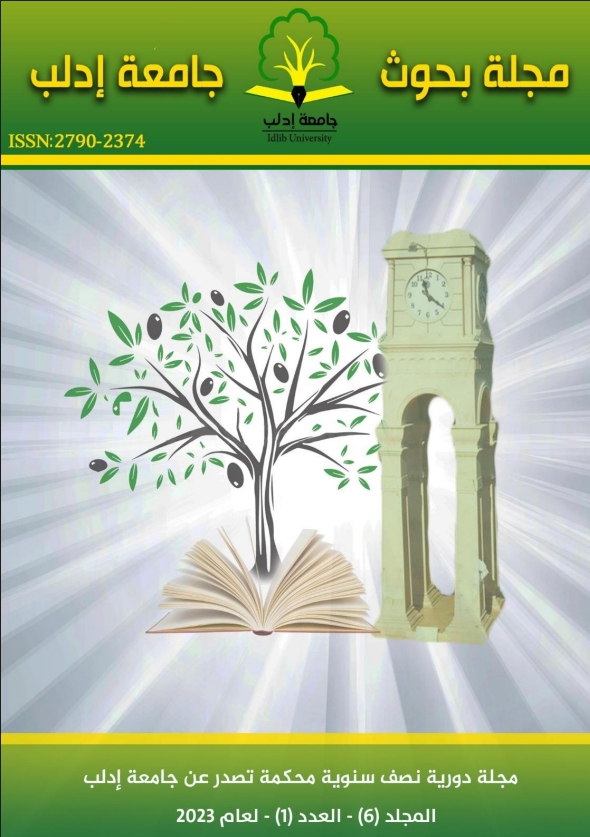Evaluation of Some Morphological, Medicinal, and Productive Characteristics of Several Local Genotypes of Capsicum Plant (Capsicum annuum L.)
Keywords:
Capsicum annuum, Fruits, Capsaicin, Vitamin C, Productivity, Cluster Analysis, CarotenoidsAbstract
The research was carried out to evaluate some morphological, medicinal, and productive characteristics of several genotypes of locally grown Capsicum (Qarn-Aljamous, Qarn-Alghazal, Haskuria, LongMutabasha, Short-Mutabasha, Safrania, and Harimia) at Ariha region of Idlib governorate during the agricultural season 2022.
The results showed significant Qarn-Aljamous genotype superiority over the rest of the investigated genotypes in amount of vitamin C in fruits (221 mg/100 g), and short-Mutabasha genotype significant superiority over the rest of the investigated genotypes in fruit width (4.87 cm). Qarn-Alghazal genotype gave significant superiority over the rest of the investigated genotypes in fruit length (28 cm), and Haskuria genotype gave significant superiority over the rest of the investigated genotypes in the number of fruits per plant, percentage of dry matter, and amount of carotenoids (71 fruits/plant, 21%, 4.41 mg/cm3), respectively. Safrania genotype gave significant superiority over the rest of the investigated genotypes in the percentage of capsaicin in the fruits (0.88%). The results of the correlation analysis showed that there was a positive linear correlation between the size and weight of the fruit, the individual plant production and the total productivity. Finally, cluster analysis results also showed that the studied Capsicum genotypes were distributed into two clusters according to the degree of kinship between them based on the investigated characteristics. The first group included only the Long-Mutabasha genotype, while the second group included the rest of the investigated genotypes.

